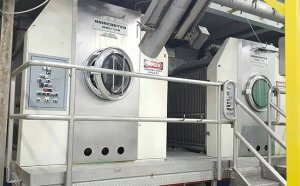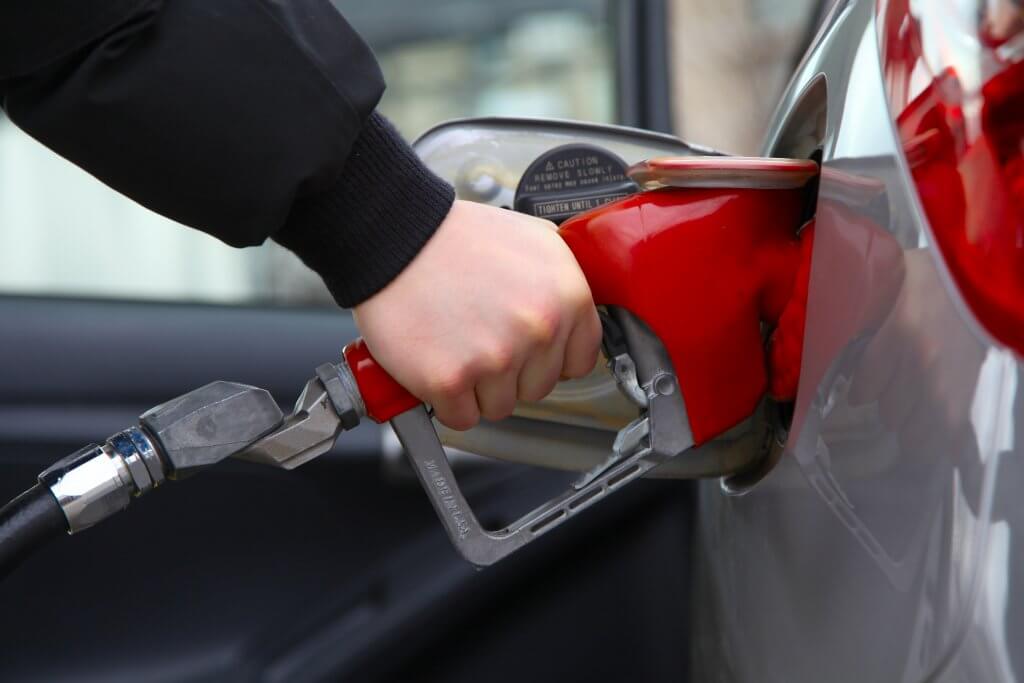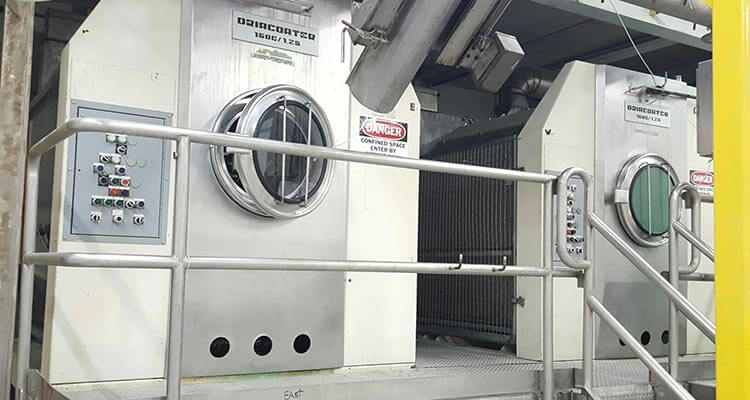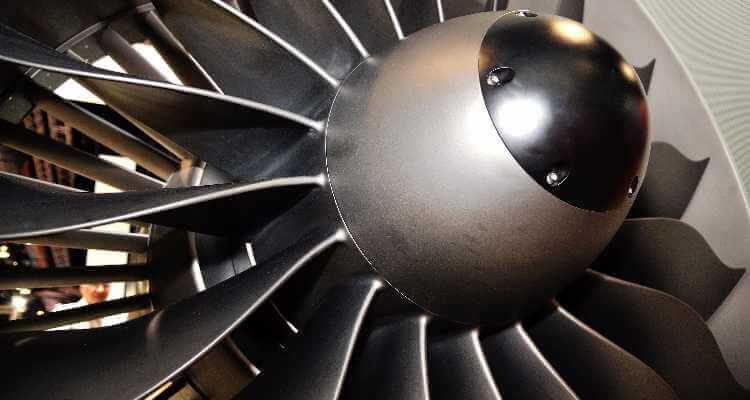Particles are a lot like people; They’re complex, plentiful, and highly vulnerable to the elements in their natural form. Whereas humans can put on a coat in inclement weather, so too can a particle have a coating applied to better adapt to its environment and withstand the many hazards therein.
A client of ours recently presented us with just such a susceptible particle that would require a proprietary coating in order to be effective and sustainable in its automotive application. Before we dive into that though, let’s take a quick look at the particle coating process itself.
What is particle coating?

Particle coating—as the name implies—is a process in which small, granular material is completely covered by a uniform layer of aqueous or solvent film. Particles within the range of 500 µm to 10 mm can be coated using a tablet coater.
The particles are first fed into the coating system, which in many ways resembles a large laundry dryer. As the rotating bed tumbles the material, no-drip spray valves evenly coat the particulates. Meanwhile, a patterned air flow is introduced into the system, which uniformly dries the solution onto the particles.
This tumbling and coating process can increase the size of the particles, change their color, and even boost their strength and durability. In the food, personal care, and nutraceutical industries, tablet coating can mask flavors and odors, alter absorption properties, and even slow active ingredient release rates. The potential applications of this processing service are nearly limitless.
Our client’s unique challenge
A prospective client in the automotive industry came to us one day with a sand-like abrasive material that they were having trouble coating. Our solution would need to address the following four concerns:
- The material needed to be sustainable and hold up during heavy use.
- The particles needed to be a certain color for aesthetic appeal
- The final product needed to fall within a specific size range—if the particles were too small (less than 1 mm) or too large (greater than 3 mm) it would cause an issue.
- The coating had to be heat-resistant to avoid clumping.
The AVEKA solution
The R&D team at AVEKA Manufacturing in Fredericksburg, Iowa certainly had their work cut out for them. Having determined that there was no existing solution that would address all four pain points, it was clear that a proprietary coating would need to be developed—so that’s just what they did. After many trials and test batches, the ideal semi-viscous solution was found.
The engineering team then took over to complete the remainder of the coating process. First, any particles that were too fine were removed with vibratory screening. Next, the material was fed into the bed of the tablet coater and heated up to 55–60° Celsius. The special coating was also pre-heated before being sprayed over the particles to help overcome viscosity issues.
Once covered, the particles were cooled down to an ambient temperature to harden the shells for increased durability. The thick coating brought the particles into our desired color and size range, and any outliers were removed. The final product was then packaged into 5-gallon sealed pails and an additive powder was mixed in to eliminate any concern of clumping.

Let AVEKA handle your particle and tablet coating needs
Whether you need to reinforce a polymer for an automotive application or slow down the release rate of your nutraceutical product, we can help. With over 20 years of experience, we know what it takes to process your materials, custom for your unique needs. Contact us today to discuss what AVEKA can do for you.

